How to Design A Logo: A Guide for Building Your Brand Identity

How to Design A Logo?
Creating an iconic logo isn't just about aesthetic appeal; it's about featuring your brand's identity, values, and vision in a single, memorable symbol. A well-crafted logo can elevate your brand, distinguish it in a saturated market, and foster a deeper connection with your audience. In this ultimate guide, we'll walk you through a strategic, creative process for designing a logo that not only stands out but also stands for something.
At FittDesign, we specialize in crafting logos that capture the essence of your brand and connect with your target audience. We'll guide you through every step of the design process, from brainstorming concepts to finalizing a logo that you'll love.
Let's get into the world of logo design, equipping you with the knowledge and tools on how to make a logo that stands out.
The Importance of Having a Logo for Your Brand
Think of Nike's swoosh or Apple's bitten apple. These instantly recognizable symbols hold immense power. A well-designed logo offers a plenty of benefits, including:
Brand Recognition: Your logo becomes the face of your brand, fostering recognition and building trust with your audience.
Memorability: A captivating logo leaves a lasting impression, making your brand unforgettable.
Brand Differentiation: Your logo sets you apart from competitors, establishing your unique position in the market.
Brand Advocacy: A logo that resonates with your audience can inspire brand loyalty and even become a source of pride for your customers.
1. Define Your Brand Identity
Before putting pen to paper (or stylus to tablet), it's crucial to understand the very core of your brand. What makes you unique? What values do you represent? What emotions do you want to evoke? Think of Nike's swoosh logo. It doesn't portray a shoe, but it conveys a sense of movement, dynamism, and victory, perfectly aligning with Nike's athletic spirit.
Here are some questions to get you started:
What are your brand's mission and vision?
What emotions do you want to evoke with your brand?
What keywords best describe your brand personality?
Brainstorming Exercise:
Brainstorm words that resonate with your brand. Think about the qualities, services, or feelings your brand evokes. For example, if you're designing a logo for a sportswear brand known for its functionality, words like "active," "athletic," "movement," and "performance" might emerge.
Craft a concise statement that captures your brand's purpose and vision.
Identify the core principles that guide your brand's decisions and actions.
Imagine your brand as a person. What are their characteristics? How would they speak?
This process involves the exploration of your target audience, your buyer personas, and, most importantly, how you want people to feel when they perceive your logo.
2. Seek Inspiration for Your Logo Design
The logo design process thrives on a healthy balance between external influences and internal brainstorming. Here's a structured approach to ignite your creative spark:
1. Explore the Design Landscape:
Actively seek inspiration from logos you encounter in everyday life. Supplement this with dedicated online research. Explore design blogs, Pinterest boards curated by established designers, and platforms like Behance or Dribbble. These resources can expose you to current logo design trends and spark interesting ideas.
2. Leverage Mind Mapping:
Consider mind mapping as a launchpad for your logo design project. This technique visually organizes your thoughts, allowing you to explore how various elements will interact and how the logo might function in different contexts. Mind maps are particularly effective in clarifying complex ideas and providing a holistic view of the design's components. Often used as a starting point in design workflows, they can help you explore diverse ideas while forming a cohesive plan.
3. Analyze Your Competitive Landscape:
Competitor research can be a valuable source of inspiration. By examining logos within your industry, you can identify successful design elements, areas for improvement, and most importantly, ensure your logo stands out from the competition.
4. Delve into Your Brand Identity:
Look inward for inspiration. Engage in dedicated brainstorming sessions to envision your ideal logo. Maintain a serious yet playful approach by creating a mood board or listing adjectives that capture your brand essence.
5. Spark Your Creativity:
Here are some thought-provoking questions to kickstart your brainstorming:
Which adjectives best describe my brand?
Who is my target customer?
What color palette aligns with my brand values and message?
Are there specific symbols or characters that could enhance my design?
What are some logos I admire, and why do they resonate with me?
These introspective exercises, both individually and collaboratively with your team, are crucial for refining your brand's message and purpose. Consider seeking additional perspectives by involving colleagues or trusted friends.
3. Select the Design Style That Fits Your Brand Identity
Your logo's style should complement your brand's identity. Here are some popular design styles to consider:
Classic: timeless and sophisticated; think serif fonts and clean lines.
Modern: edgy and minimalist, often featuring geometric shapes and bold colors.
Retro: Evokes nostalgia and a sense of heritage.
Illustrative: Playful and engaging, uses illustrations or mascots .
4. Choose the Perfect Logo Type
Each logo type has its own characteristics, strengths, and weaknesses, so choose the variety that best aligns with your brand identity and goals when designing your logo. When choosing the right logo type, consider your brand name and target audience.
There are three main logo types:
Wordmark: Wordmarks are text-based logos that use typography to turn the brand name into a logo. It uses your brand name as the logo itself.
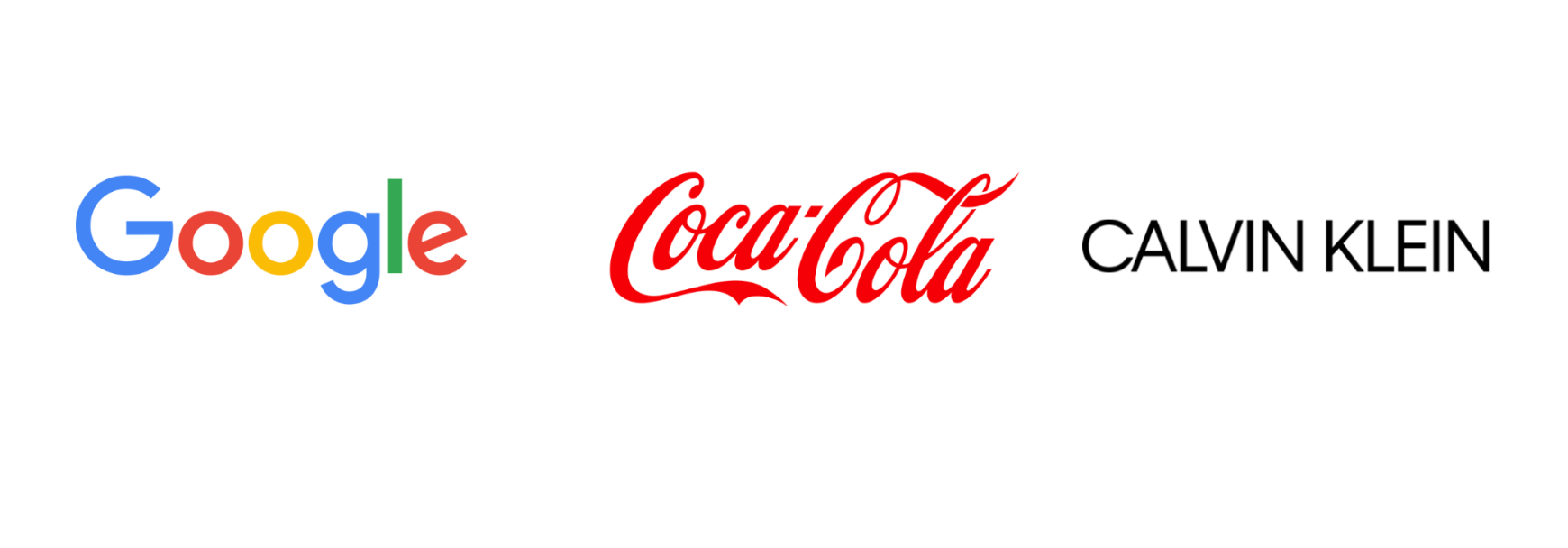
Emblem: An emblem is a logo that includes words within a symbol to create a coherent image, generally emphasizing formality and tradition. a symbol with your brand name.
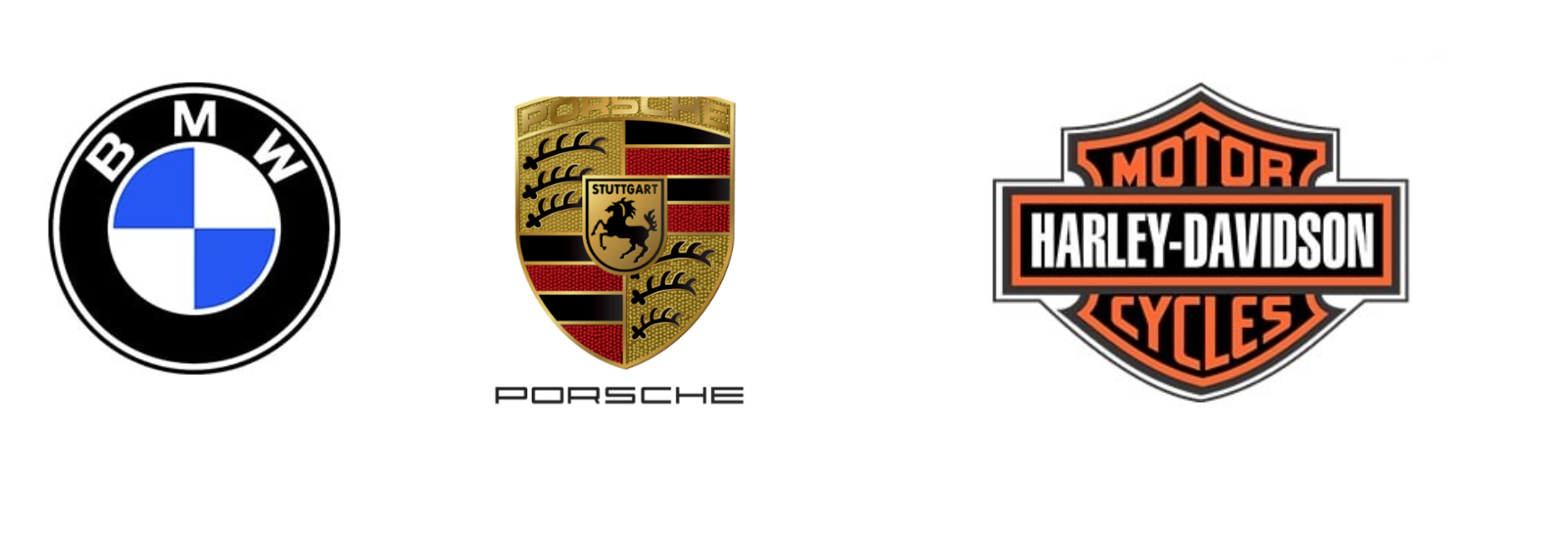
Abstract: Abstract logos are unique representations of brands using geometric forms and colors instead of real-life images. They are unique symbols that represent your brand.

Mascot logo:
A mascot logo is an animal, character, or other representative figure that represents a brand. The mascot logo is often used in sports teams, video games, and children’s television programs.
Lettermarks:
lettermark logos , use initials to create a concise logo suitable for companies with longer names.it is easy to identify and often easily recognizable.

Combination logo marks:
A combination mark combines text and an icon, providing adaptability by combining a brand name with an iconic symbol.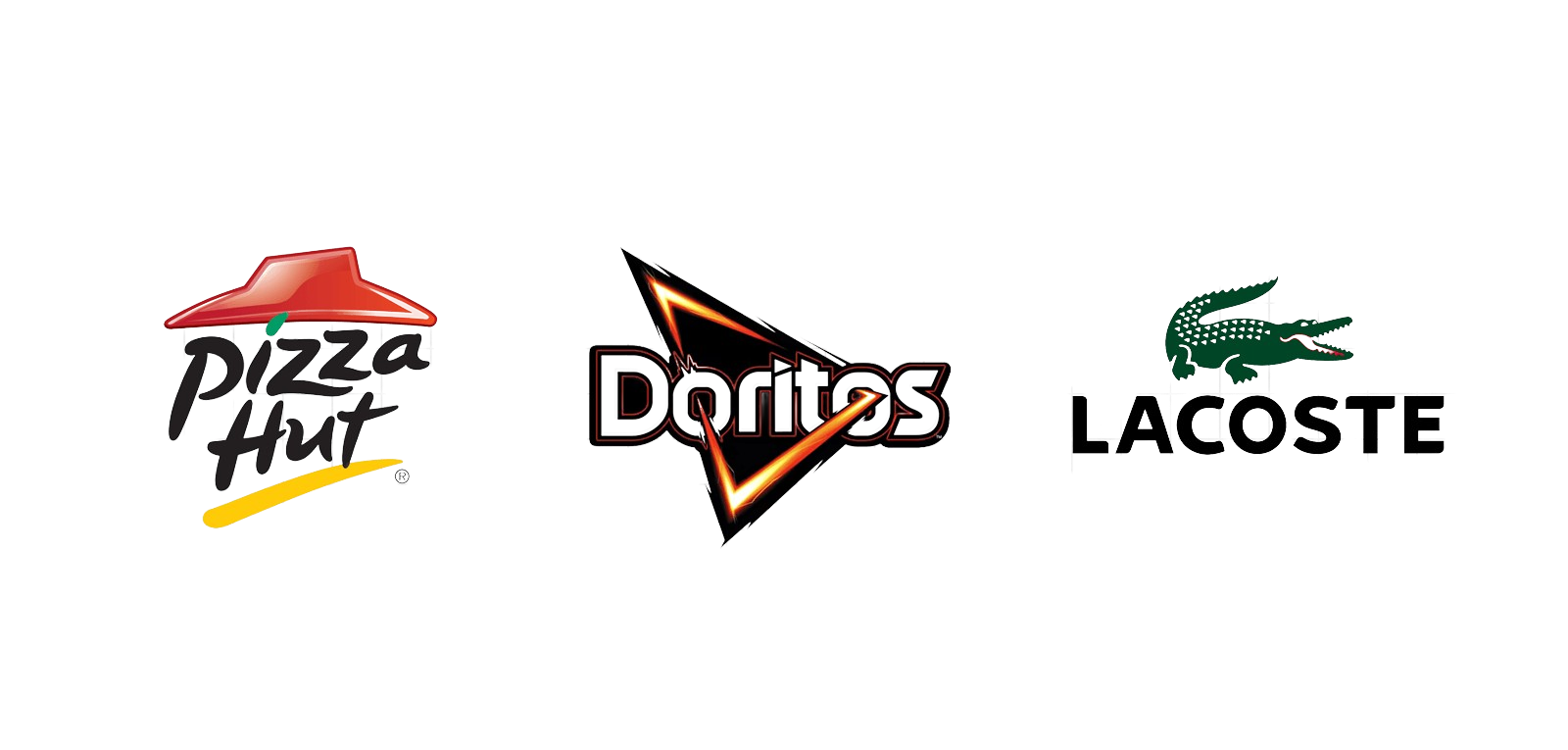
5. Decide on a color scheme
Color is a powerful tool in logo design. Different colors evoke distinct emotions and associations. For instance, red is often linked to passion and excitement, while blue suggests trust and reliability. Research color psychology to select a palette that aligns with your brand message and target audience.
Here are some industry insights on color psychology:
Red: Red stands for excitement, passion, and anger. It’s a great choice if your brand is loud, youthful, and wants to stand out.
Orange: Orange is much less used than red, but it’s just as energetic. This is a vibrant, invigorating, and playful color.
Yellow: If you want to look accessible and friendly, yellow is the right choice. It gives off a cheerful, affordable, and youthful energy.
Green: Green is extremely versatile and can work for any brand really. It’s especially perfect for anyone who wants to establish a connection to nature.
Blue: Blue is a very classic and common choice. It is calming and cool and symbolizes trustworthiness and maturity.
Purple: Purple can be your ticket to looking luxurious. Depending on the shade, purple can be mysterious, eclectic, or feminine.
Pink: If you’re going for girly, nothing works better than pink. But that’s not all! With shades like pastel rose, millennial pink, or neon magenta, pink can give your logo a grown-up, cool, but still youthful and feminine look.
Brown: Brown may sound like a strange color choice at first, but it works perfectly for rugged and masculine vintage logos. It can give your brand a handmade, unique, and aged look.
Black: If you are looking for a sleek, modern, and luxurious look, black will be a great choice. A minimalist black-and-white logo is the way to go if you want to keep it simple.
White: You want your logo to look clean, modern, and minimalistic? Use lots of white in your logo. As a neutral color, it works in combination with all other colors, but adds a clean, youthful, and economical touch.
Gray: Gray is the ultimate color if you want to achieve a mature, classic, and serious look. Darker shades look more mysterious, while lighter shades are more accessible.

6. Pick Your Logo Font and Typography
The font you choose plays a significant role in shaping your brand's personality. A playful script font might be ideal for a children's clothing store, whereas a bold, sans-serif font could convey strength and professionalism for a law firm. Choose a font that is clear, legible, and complements your logo design.
There are four main types of fonts to choose from:
Serif logo fonts
A timeless classic, serif fonts are traditional and sophisticated. A serif logo font is for brands that exert timelessness and legacy. Examples include Rolex, Prada, and Mercedes-Benz!
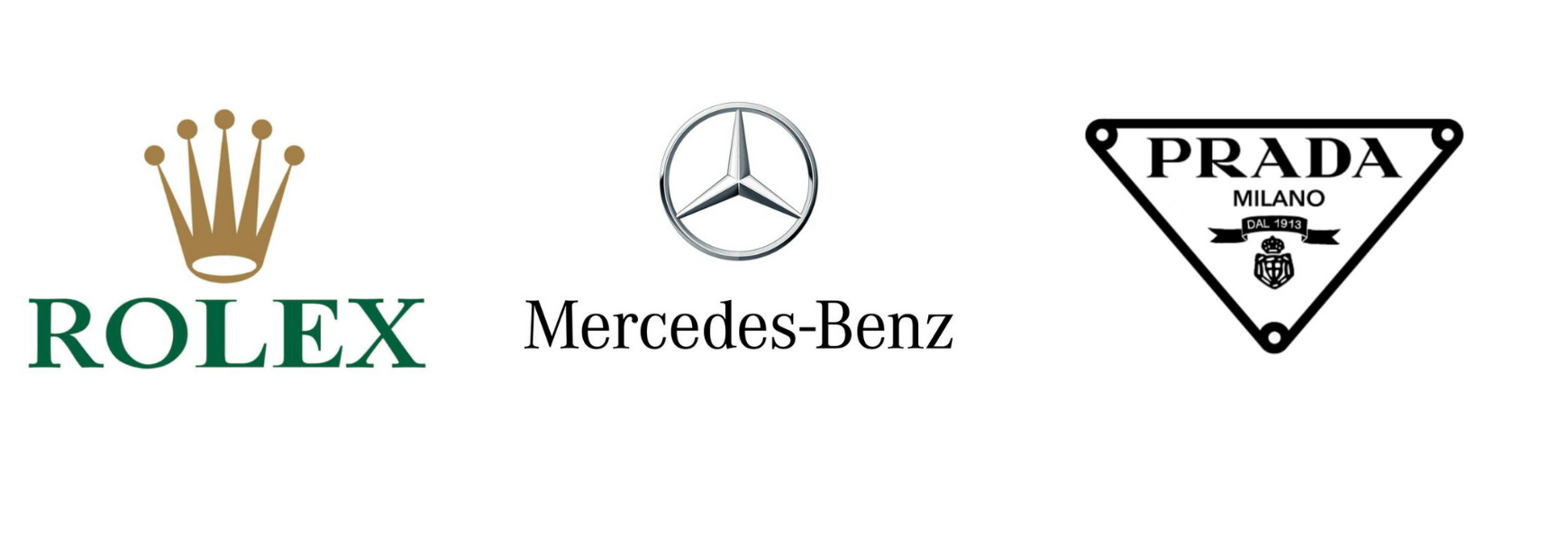
Sans serif logo fonts
Sans serif fonts are more minimalistic and straightforward.
This logo font style is a go-to for online brands due to its crisp readability on screen. Examples of sans serif logo fonts include Google, Netflix, and Meta! below.
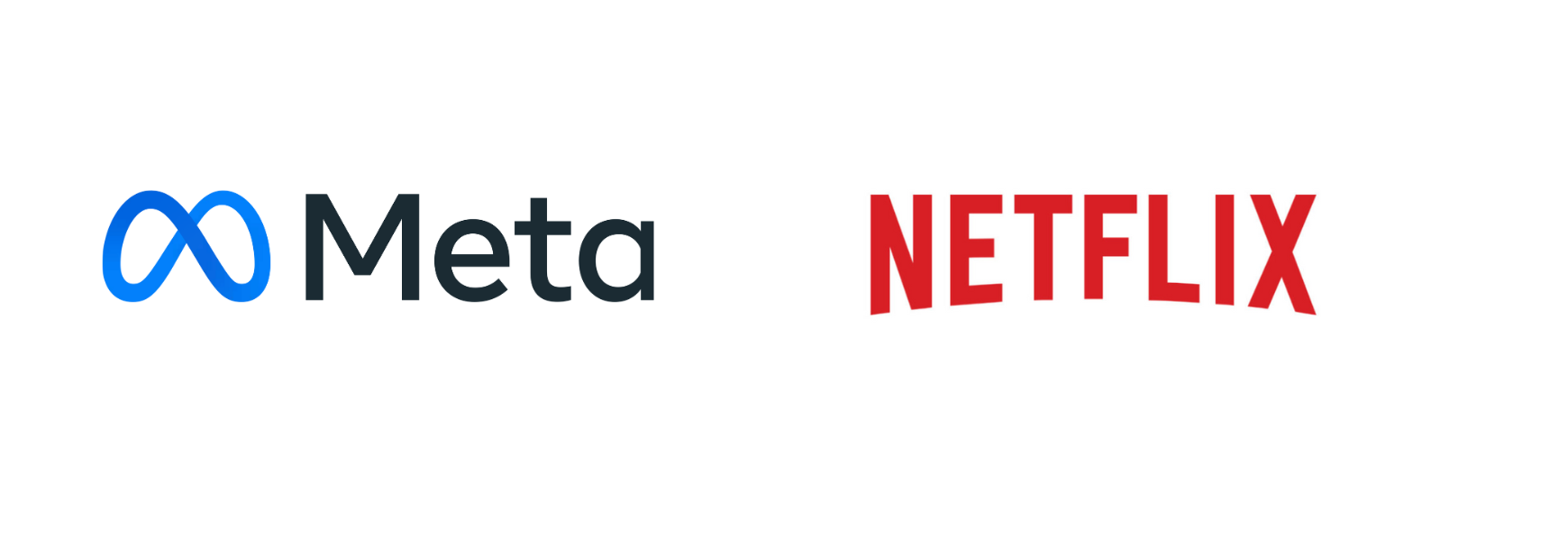
Script or cursive logo fonts
Cursive fonts, also known as script fonts, are formal, elegant, and feminine. Ideally, business names with a script font should be short to maintain legibility.
Cursive fonts are either casual or formal. Formal script is elaborate and artistic. Think of Cadillac or lavish Cartier. Casual script looks more like real handwriting. Like Ray Ban or Virgin!
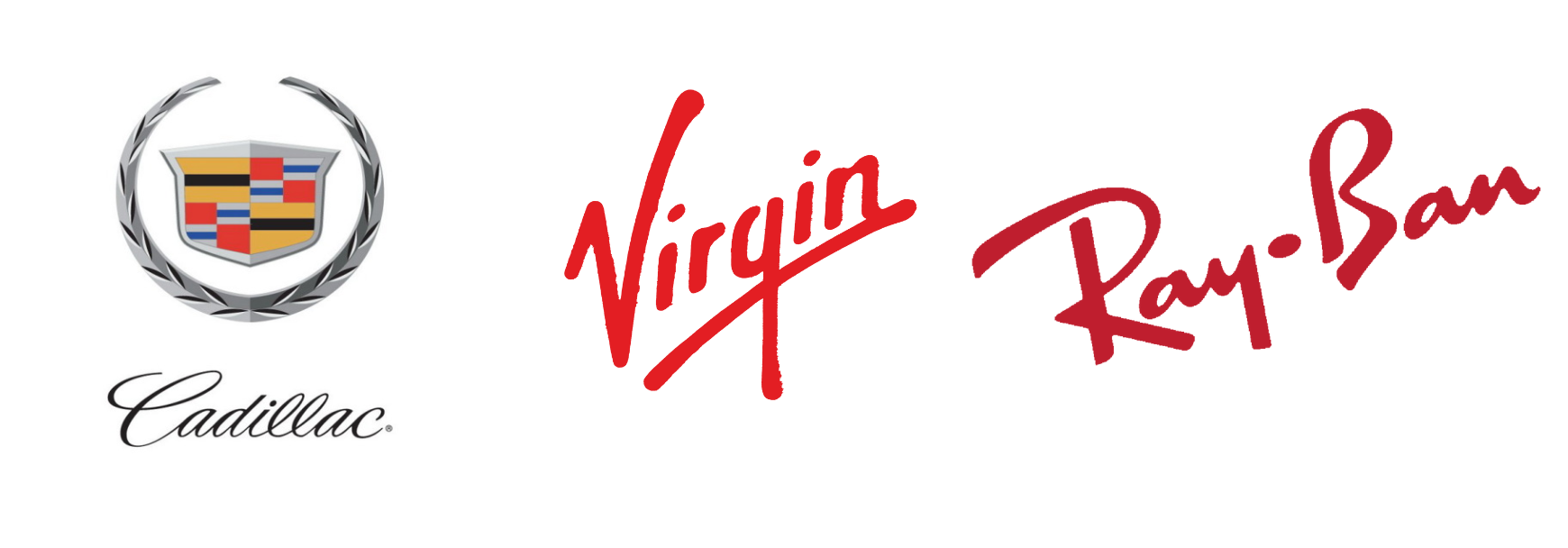
Display logo fonts
Display or decorative fonts come in all kinds of variations and are unique. Display fonts are made from scratch for a specific brand!
Memorable logo fonts can help distinguish your brand. The Disney font below is a rendering of Walt Disney’s signature. This custom font, called "Waltograph,” is iconic and fun, pulling from the magical theme of their stories.

7. Logo Sketches and Design Concepts
Sketch freely, translating those ideas into visual concepts. Don't be afraid to experiment with different styles, fonts, and symbols. Remember, the goal here is to generate a variety of ideas, not create a masterpiece just yet.
As you’re sketching the concepts for your logo, keep these tips in mind:
Simplify the shape. You’re in good shape if you can sketch the most symbolic components.
Avoid using generic symbols like globes or stars.
Be strategic about your use of color. Consider today’s color trends as well as popular colors in your industry. As a general rule, don’t choose more than three colors. Choose a color or group of colors that will make you stand out from your competition.
8. Validating Your Vision
So you've got a collection of logo sketches. But how do you know which one resonates with your target audience? Here's where buyer personas come in. These are fictional representations of your ideal customer, including their demographics, needs, and behaviors.
Present your top logo competitors to a group of individuals who fit your buyer persona profile. Gather their feedback on which logo best represents the brand and why. This crucial step ensures your logo isn't just self-indulgent but truly speaks to your target audience.
9. Refining Your Chosen Design
Based on the feedback from your buyer persona testing, select the logo sketch with the most promise. Now is the time to refine it. Polish the lines, ensure the design is balanced, and consider incorporating subtle elements that reinforce your brand message.
10. Taking it Digital:
With your final logo sketch in hand, it's time to translate it into a digital format. Thankfully, there are a variety of free design platforms available, such as Canva or GIMP. These platforms offer user-friendly tools to vectorize your logo, ensuring it can be scaled to any size without losing quality.
9. Ensure Scalability
Your logo will be displayed on items ranging from business cards to billboards. Therefore, it's crucial to ensure it's scalable. A well-designed logo will maintain its clarity and impact regardless of size.
Communicate Clearly: Working with a Designer
If you're outsourcing your logo design, clear communication is key. Provide your designer with your brand identity notes, inspiration boards, and any specific preferences you might have.
Logo Design Best Practices
1. Keep it simple.
Simplicity is key in logo design. Aim for a clean, uncluttered design that communicates your brand identity as straightforwardly as possible. The goal is for viewers to recognize and understand your logo instantly.
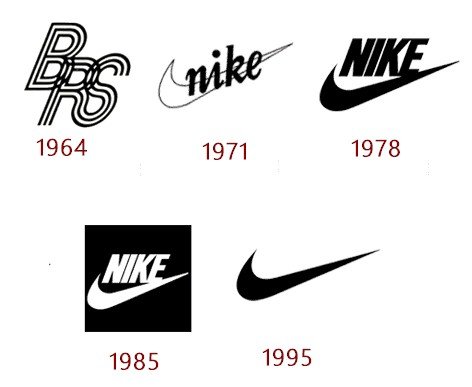
Take Nike’s logo, for example. Its simplicity makes it iconic. There’s a reason they haven’t updated it since 1995.
2. Prioritize versatility.
Your logo should be versatile enough to work across various backgrounds and colors. Test your logo against multiple backgrounds and mediums to ensure legibility and clarity in all possible scenarios.
That means you should have alternate color palettes and logo orientations to suit any situation.
3. Design for your audience.
Your logo design should be consistent with how you perceive your brand and how your customers already perceive it.
You must consider your target audience’s buyer persona by researching their demographics and interests. Only then can you meet their expectations and needs with your design.
4. Be original.
Standing out from the pack is essential. Today, almost every market is saturated with competition and options. The design of your logo is as vital to carving out your niche as it is to creating a unique value proposition.
Avoid generic logo designs and cliché symbols that are easily spotted elsewhere.
5. Be timeless.
Your logo should be iconic and timeless. Easy enough, right? Epochal logos like Coca-Cola’s are as rare as they are significant, but that doesn’t mean you can’t aim for a timeless logo as well.
A timeless logo means that it will never go out of style.
One way to ensure that is to steer clear of today’s hottest design trends, which will go out of style sooner or later. Instead, opt for a simple, classic design that will be comfortable representing your brand for years to come.
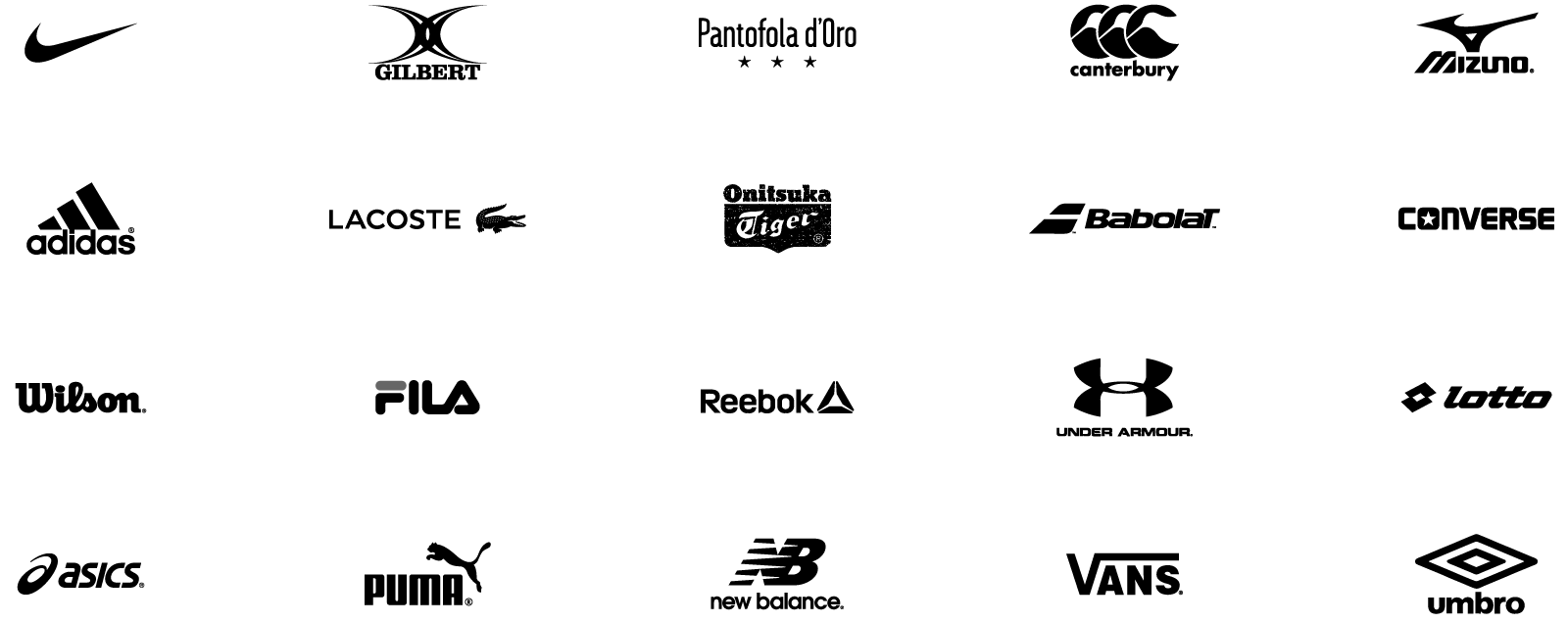
Conclusion:
Now that you know about the types of logos, the process for creating one, best practices, and some tools you can use, get started crafting the perfect logo for your brand.Create a logo that captures your audience’s attention, communicates your brand values, and makes you stand out from the crowd.
Ready to create a logo that embodies your brand's unique identity and sets you apart from the competition? FittDesign is here to help!
Our team of experienced designers will work closely with you to understand your vision and translate it into a powerful and memorable logo. Contact us today, and let's get started on crafting the perfect logo for your brand.
About FittDesign
FittDesign is a full-service design and production company specializing in the sportswear and activewear industry. We provide comprehensive solutions including innovative design, detailed technical packs, and high-quality manufacturing. Our expertise supports brands in creating functional and durable sportswear that meets the demands of a competitive market.
Ready to Bring Your Activewear Vision to Life?
Contact Us today and let’s get started on your project!
